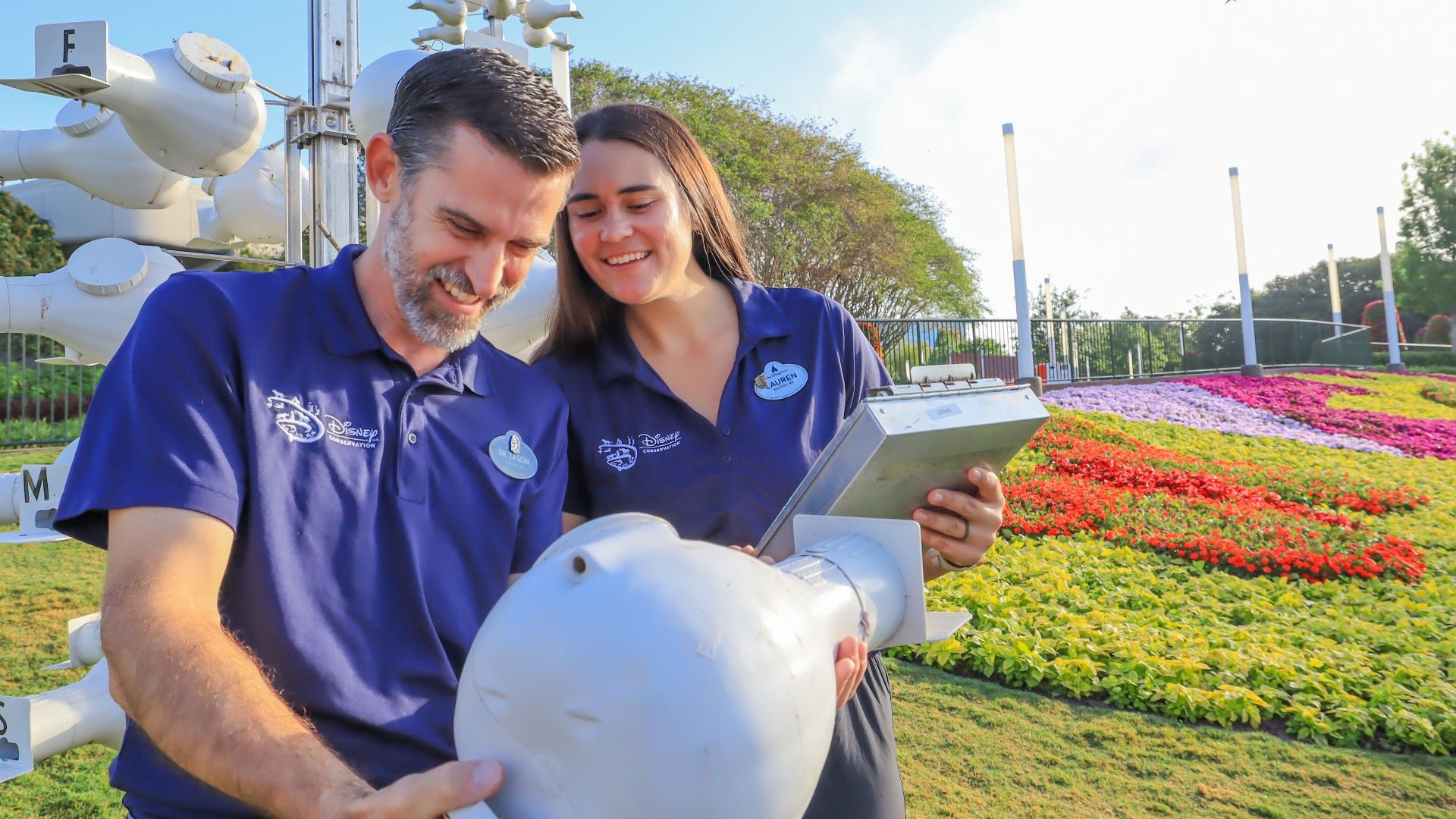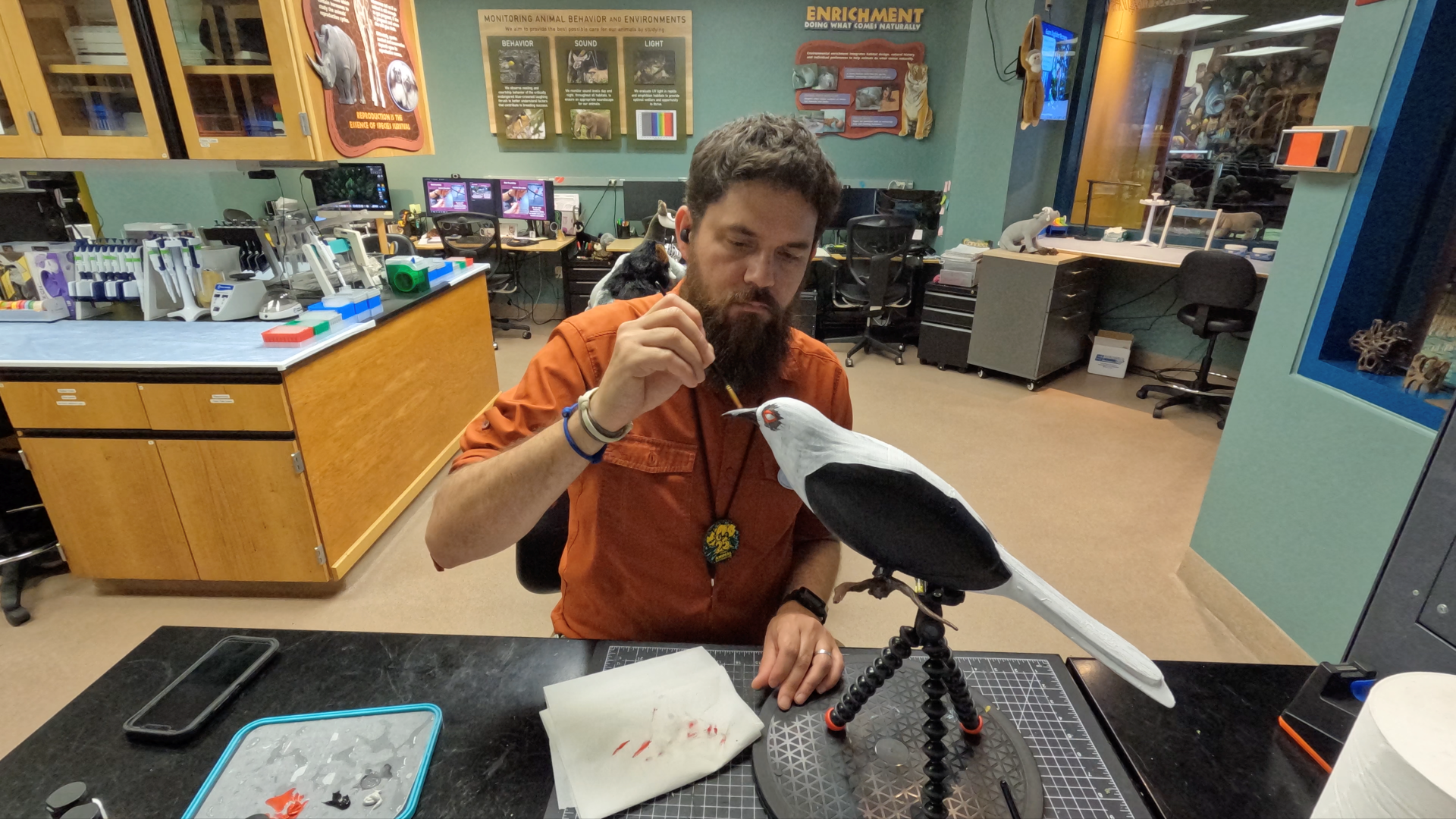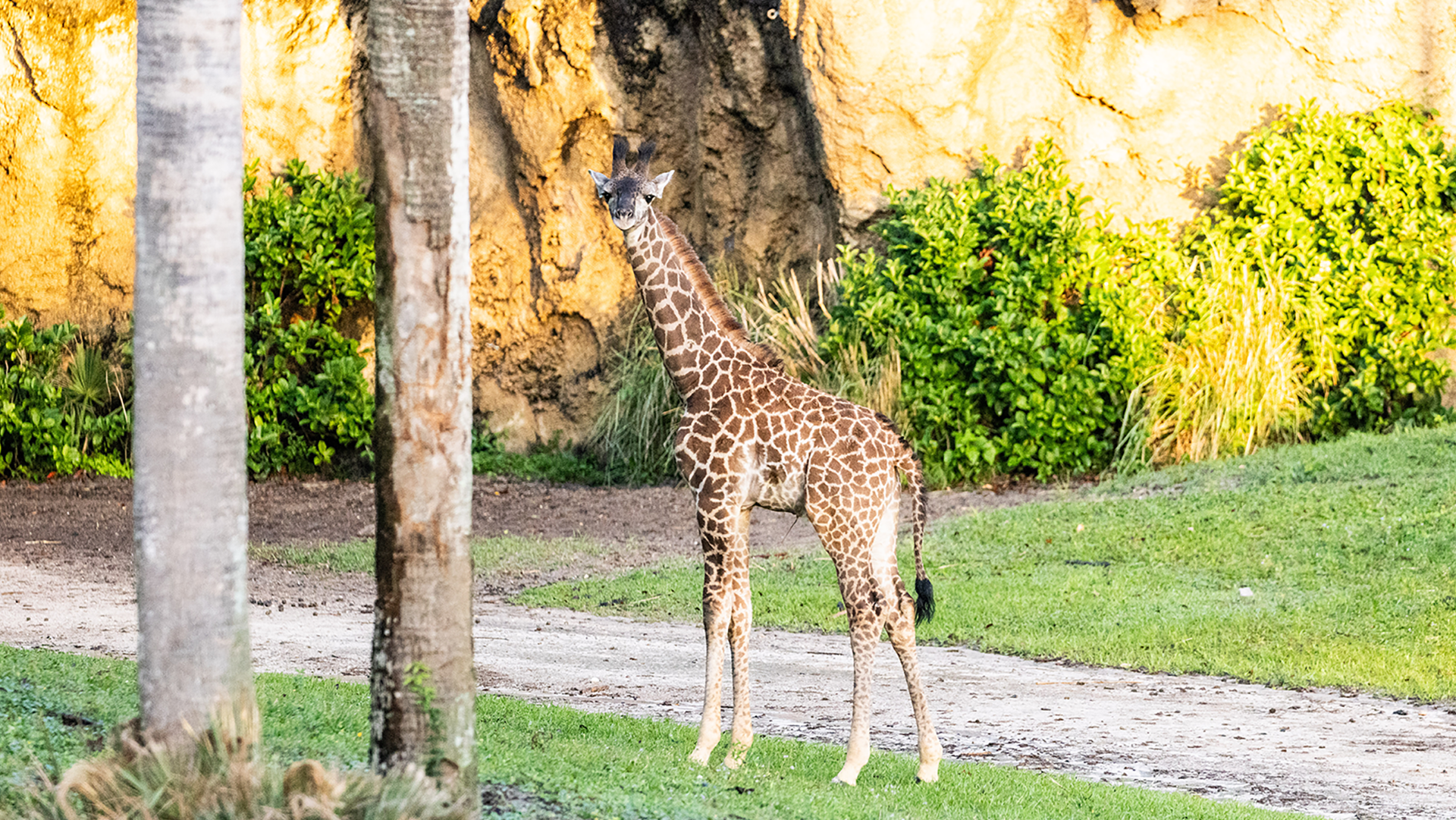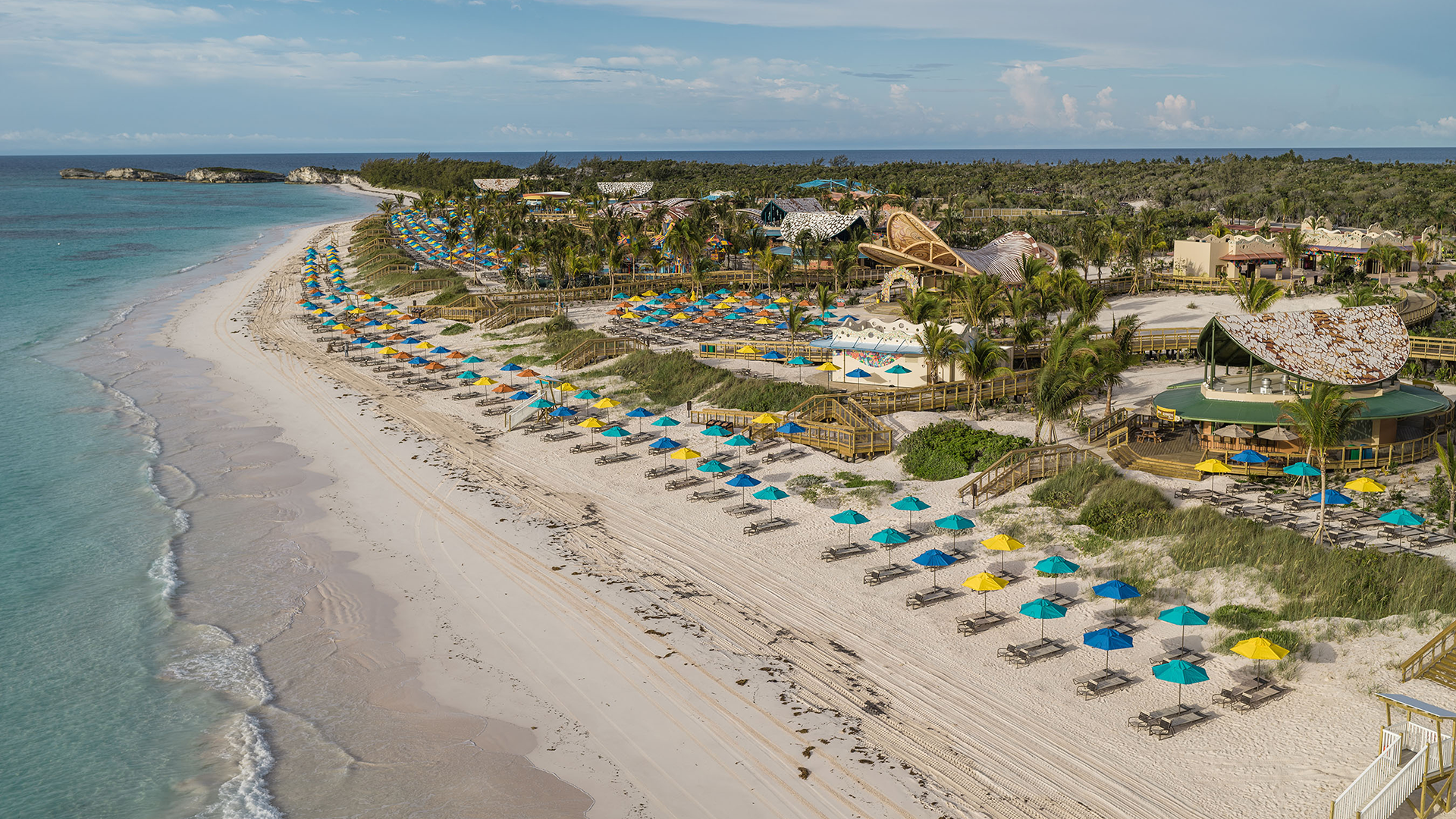A Purple Martin’s Journey to Disney
Every year, across Walt Disney World, a purple iridescence paints the sky and the air is filled with loud, musical chirps that create a beautiful melody and make the perfect ambiance for a sweet spring Disney day. Well, that’s just how we at Disney refer to purple martin nesting season.
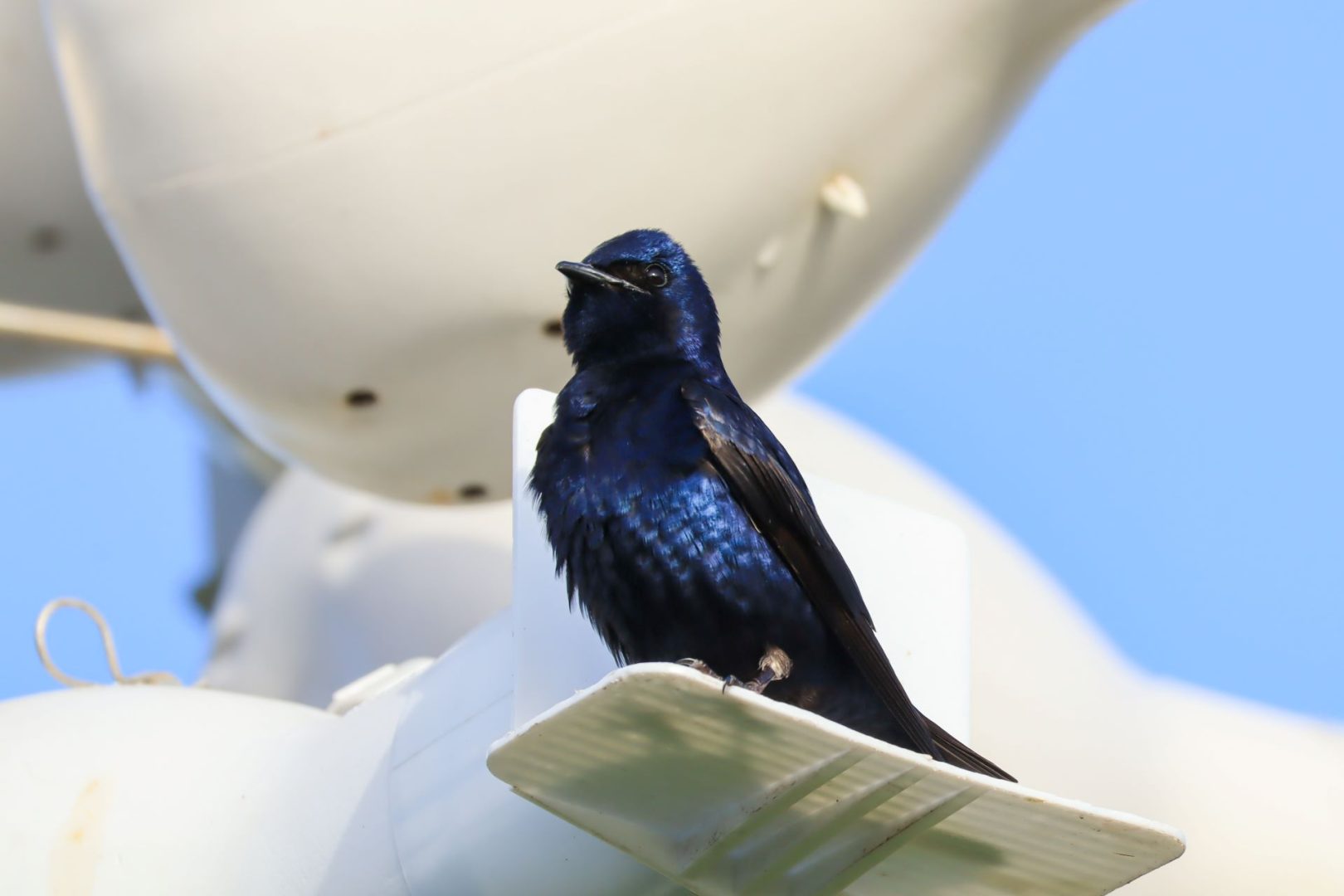
Purple martins are a tiny bird species, native to the Brazilian Amazon who travel over 3,000 miles in search of warmer weather and land upon Walt Disney World for their yearly nesting season, a destination they’ve frequented since 1998. Every January, our conservation team eagerly awaits the start of purple martin migration season after spending the Fall months ramping up efforts to welcome back the flock.
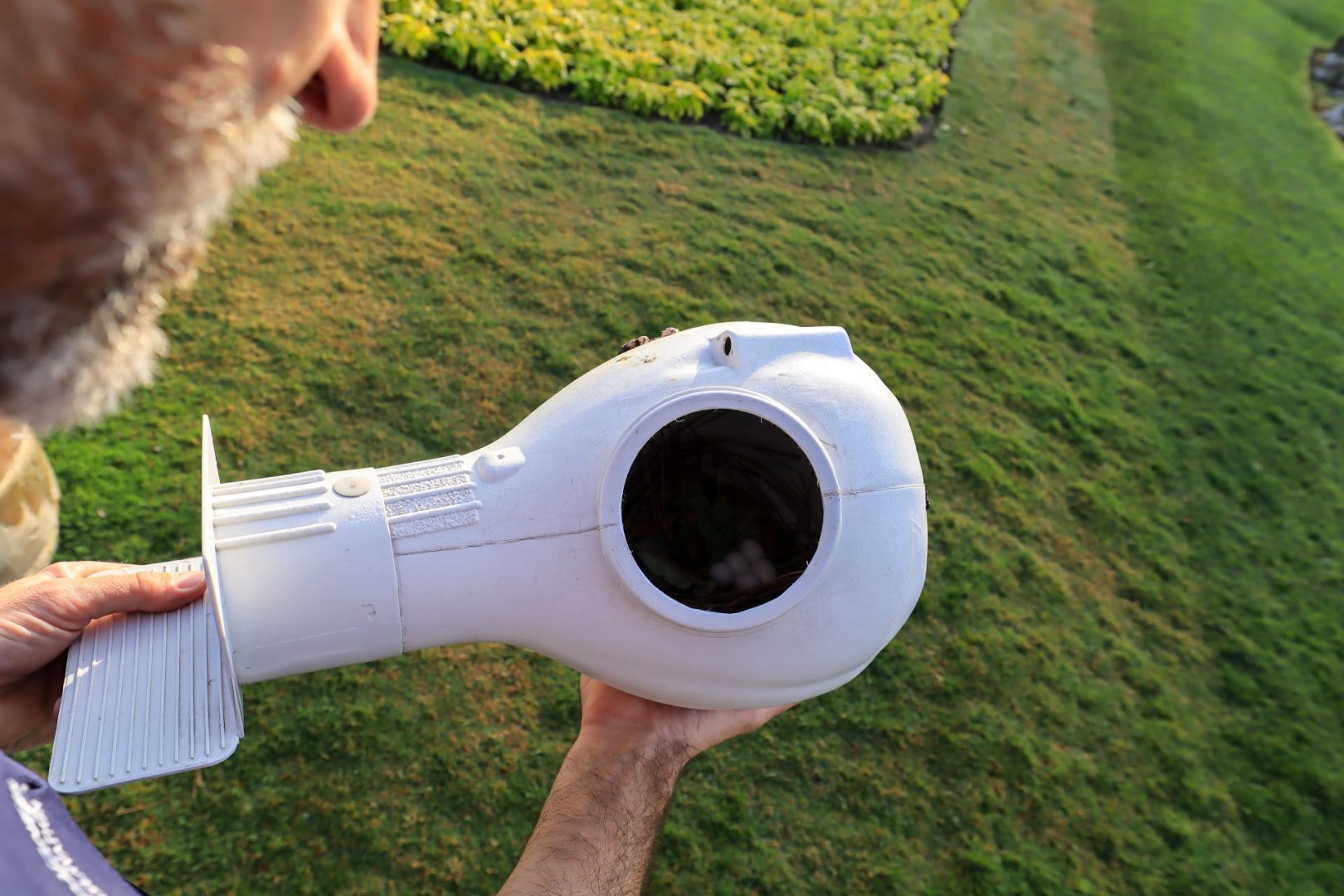
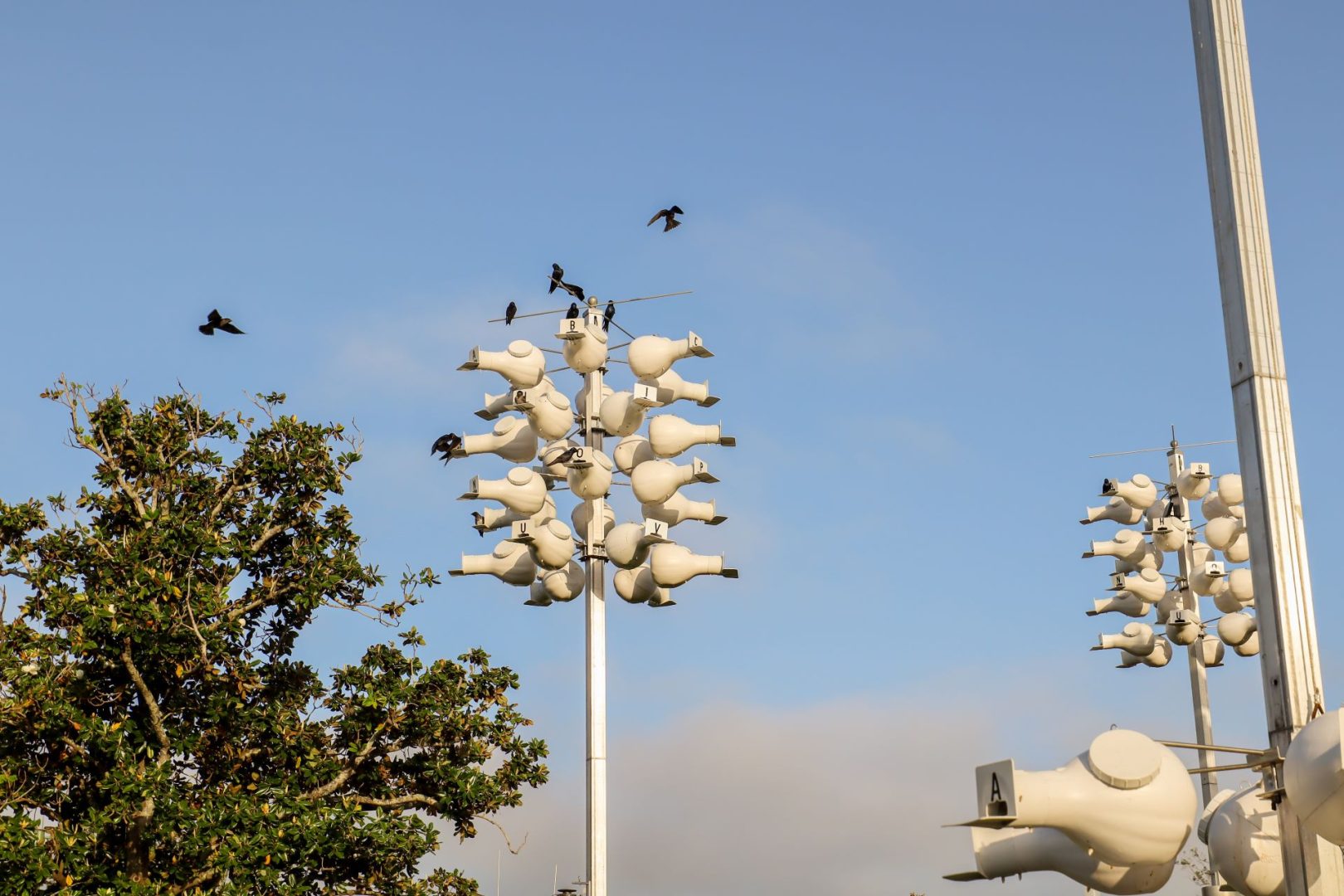
The Perfect Bird House
Have you ever been at EPCOT or a resort hotel across Walt Disney World and spotted a white structure that looks like a cartoon tree? Those are known as colony sites and are actually a collection of bird houses, perfectly designed for purple martins to lay eggs and raise their nestlings (which hatch 15 days after eggs are laid). Throughout the season, you can spot male and female purple martins entering their homes to care for their young. While moms are responsible for incubating eggs and brooding, both parents are often seen feeding their hatchlings and even cleaning their bird house, so it remains a space fit for a baby bird.
Hundreds of hours go into preparing the perfect nesting compartments so birds visiting have a safe and comfortable place to lay eggs and raise hatchlings. Some might even say their Walt Disney World nesting houses are the swankiest bird houses on the block, which is likely why some purple martins have been spotted back at Disney, year after year.
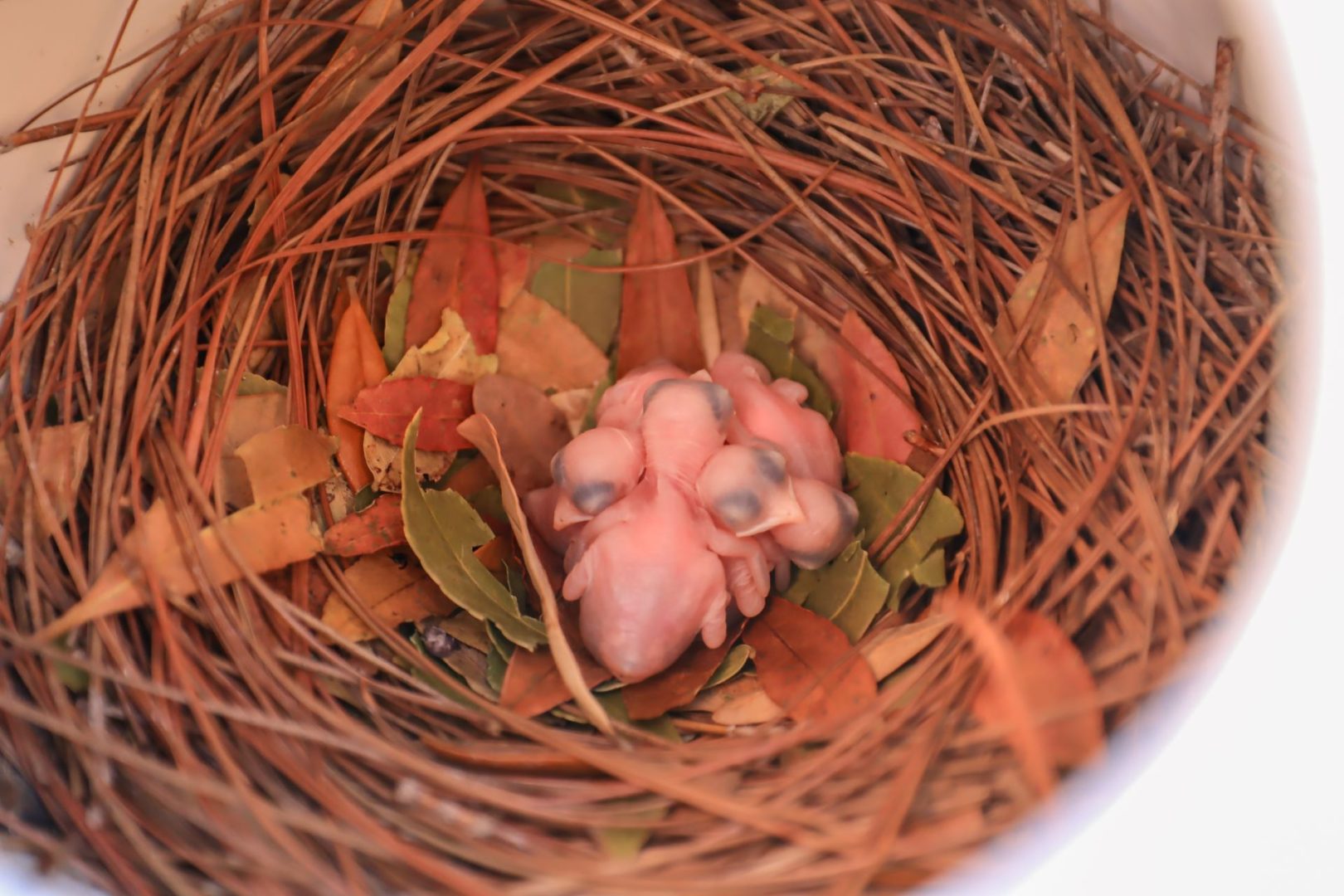
Cast Members Make the Difference
During nesting season, Disney conservationists take this as an opportunity to learn more about this bird species to help aid protection and conservation efforts in the wild. With the help of cast members throughout Walt Disney World, Disney is able to study each family of birds and band many of them with unique leg bands that provide valuable information and data. This allows cast members to monitor their bird houses for the arrival of banded birds, identify band numbers to spot returning birds and monitor behavior to determine where banded birds are nesting. This all leads up to a special annual event, the Purple Martin Palooza, where Disney conservationists come together to band the next generation of birds and release them back into the wild so they can successfully make their trip back to the Brazilian Amazon.
Migratory bird species around the world are threatened by loss of stopover habitat where they can find food and clean water. This is why it’s critical that Walt Disney World remains a long-term nesting colony for purple martins.
The Walt Disney Company is committed to saving wildlife and protecting the magic of nature together as a global community. Since 1995, the Disney Conservation Fund* (DCF) has supported migratory bird conservation efforts by protecting habitats, investing in long-term research and supporting the education of communities that live in and near migratory bird habitats. In addition, support from the DCF is helping nonprofit organizations study and protect purple martins from Brazil to Florida. Since the fund was created 30 years ago, it has supported more than 100 nonprofit organizations working to protect more than 250 species of birds in more than 80 countries, including the purple martin.
This project is a great example of Disney Planet Possible – putting possibility into practice by doing our part to conserve natural resources, care for wildlife and their habitats, use and waste less, and create stories that inspire action. For the latest updates on purple martins and all the animals at Walt Disney World Resort, follow Dr. Mark on Instagram and Disney’s Animals, Science and Environment Facebook page.
